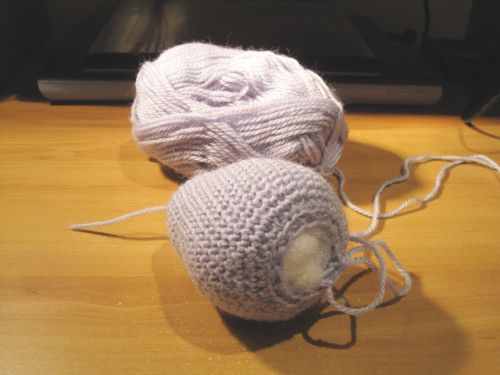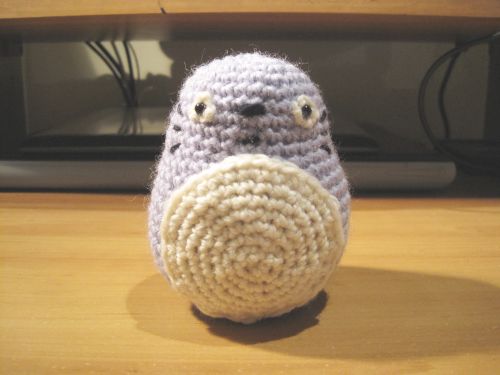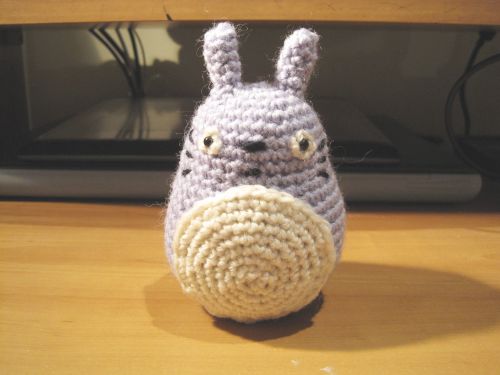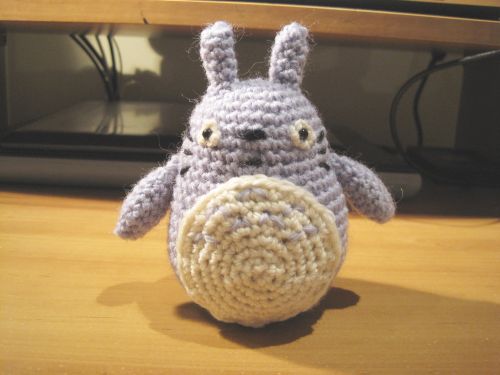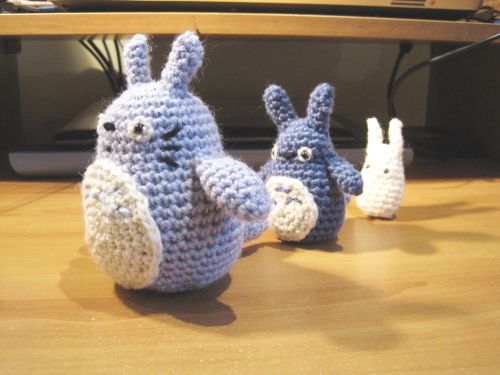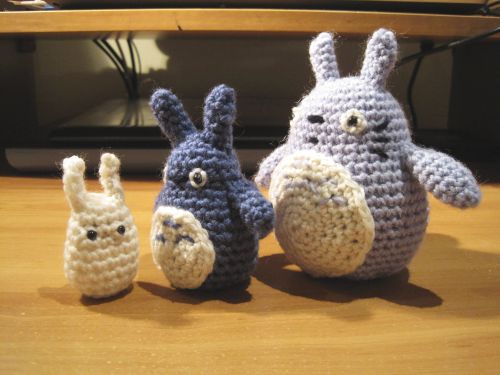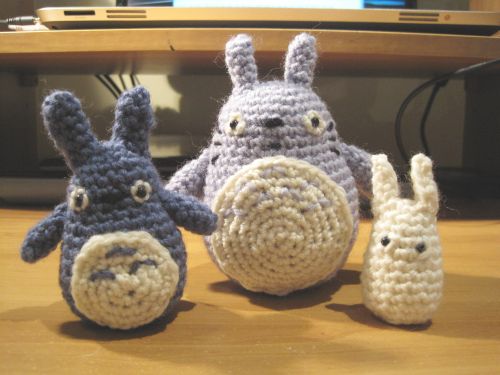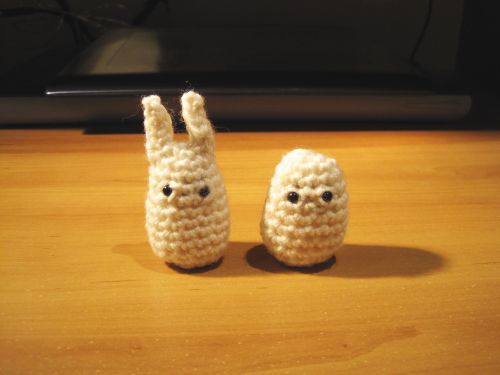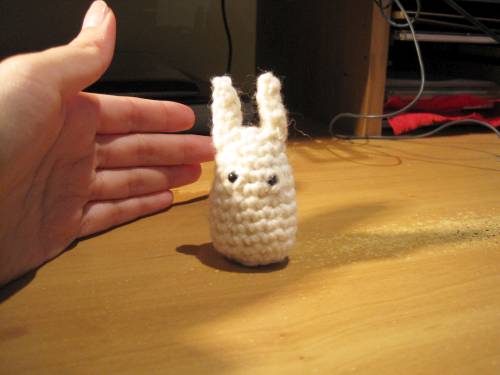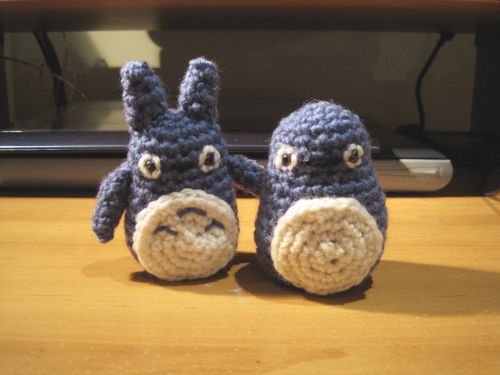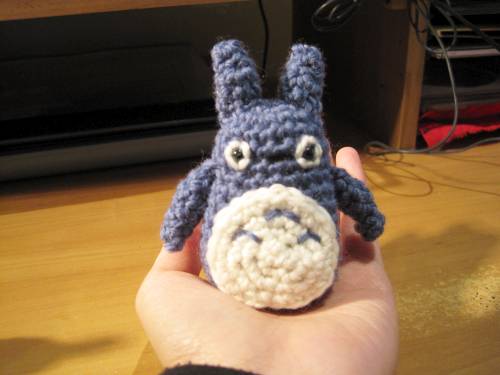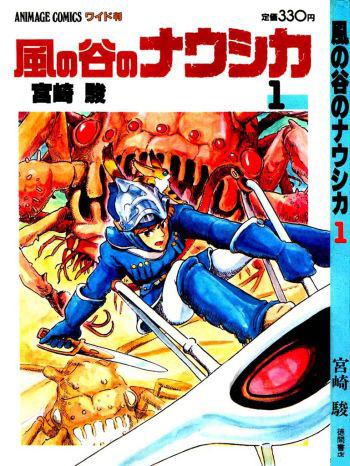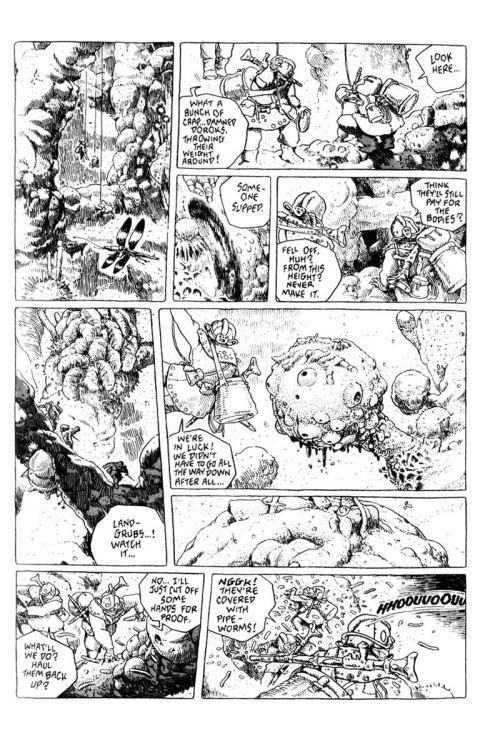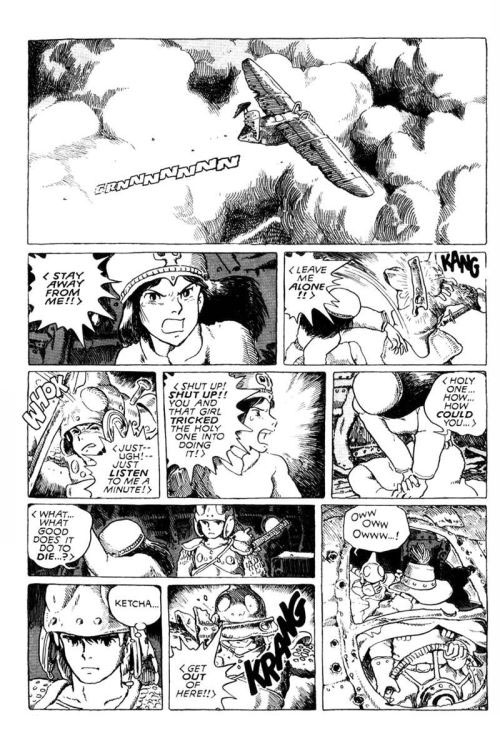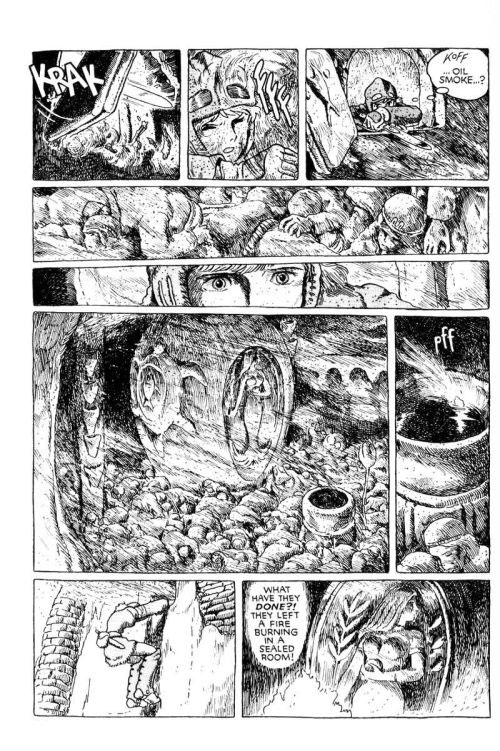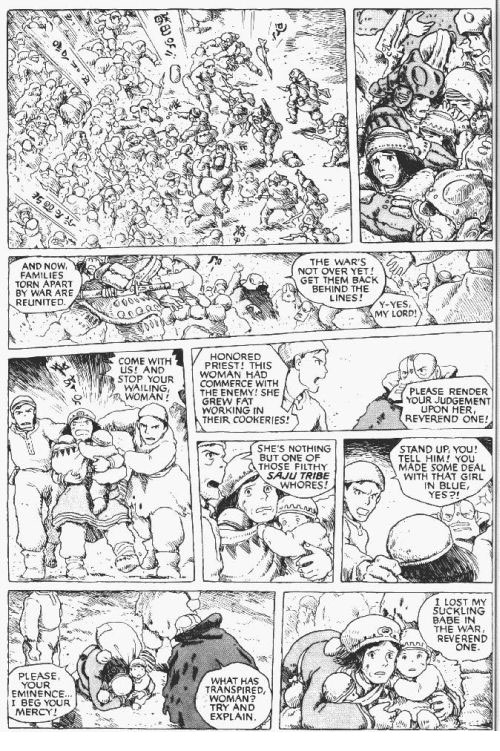Hi folks. This week my laptop is in the repair shop, so I’m sitting at a borrowed laptop while trying to plug the latest music single release from my friend Yunyu. It’s Dorothy (I wrote about the teaser trailer here), the first single from her Twisted Tales album, which is a music-manga collaboration between Yunyu and myself.
The official release date for Dorothy is 2nd March, 2012, but pop-culture sites Madman Entertainment, CoolShite and ToneDeaf has had an exclusive, early look at the full music video. You can click on the links I just wrote up, or you can wait until next Friday, when I do my full post on this project.
This week, as promised, I give you the grey Totoro pattern I had from 2 weeks ago. I have the blue and white Totoro patterns here, and given the way this is going, I guess I’ll have to create a new page for “free patterns” very soon.
Grey Totoro Pattern
Here’s a list of what I used to make this crochet. It’s not a definite list, so feel free to use whatever you have, as long as it’s appropriate. It’s crocheted in the round, like most amigurumi, so only basic crochet skills are required.
NB. This pattern is created by me, so please give a link back to me if you want to use it or if you want to sell your crochet. Please give credit where it’s due. I should also that I don’t own the copyright to these characters – obviously Studio Ghibli does.
- White, black and blue 8 ply yarn
- 4mm crochet hook
- Two pairs of 3mm black safety eyes – 6060 from Etsy is a good place to buy these
- Large sewing needle, to sew the bits and pieces together
Crochet Abbreviations
Here are a list of the abbreviations I use, and what they mean. These are pretty standard, so if you know how to crochet, this won’t be hard to decipher:
- ch – chain
- sc – single chain
- dec – decrease
- * – beginning/end of a repeating part of the pattern
Grey Totoro Body (Make 1, grey)
Rnd 1 – Ch 2, 6 sc in 2nd chain away from hook (Magic Ring method)
Rnd 2 – *2 sc in next stitch*, repeat 6 times (12 stitches)
Rnd 3 – *2 sc in next stitch, sc 1*, repeat 6 times (18 stitches)
Rnd 4 – *2 sc in next stitch, sc 2*, repeat 6 times (24 stitches)
Rnd 5 – *2 sc in next stitch, sc 3*, repeat 3 times (30 stitches)
Rnd 6 – 10 – sc (30 stitches)
Rnd 11 – *2 sc in next stitch, sc 6, 2 sc in next stitch, sc 7*, repeat 2 times (34 stitches)
Rnd 12 – sc (34 stitches)
Rnd 13 – *2 sc in next stitch, sc 8, 2 sc in next stitch, sc 7*, repeat 2 times (38 stitches)
Rnd 14 – 23 – sc (38 stitches)
Rnd 24 – *dec 1, sc3*, repeat 8 times (30 stitches)
Stuff the body now, and add 3 mm safety eyes
Rnd 25 – *dec 1 in back loops ONLY*, repeat 15 times (15 stitches)
Rnd 26 – *dec 1*, repeat 8 times (6 stitches)
Bind off, and thread the yarn through the top of the Totoro (if you can), so you can flatten the base. Using a sewing needle, sew a few white yarn stitches around the safety eyes. Then using black yarn, sew the nose on in-between the eyes, then sew the dot mouth on.
Grey Totoro Belly (Make 1, white)
Rnd 1 – Ch 2, 6 sc in 2nd chain away from hook (Magic Ring method)
Rnd 2 – *2 sc in next stitch*, repeat 6 times (12 stitches)
Rnd 3 – *2 sc in next stitch, sc 1*, repeat 6 times (18 stitches)
Rnd 4 – *2 sc in next stitch, sc 2*, repeat 6 times (24 stitches)
Rnd 5 – *2 sc in next stitch, sc 3*, repeat 6 times (30 stitches)
Rnd 6 – *2 sc in next stitch, sc 4*, repeat 6 times (36 stitches)
Bind off, and sew the white belly onto the bottom front of the Totoro. Using blue yarn, sew seven “arrows” on its chest.
Grey Totoro Ears (Make 2, grey)
Rnd 1 – Ch 2, 4 sc in 2nd chain away from hook (Magic Ring method)
Rnd 2 – *2 sc in next stitch, sc 1*, repeat 2 times (6 stitches)
Rnd 3 – 6 – sc (6 stitches)
Bind off, and sew onto the top of the head.
Grey Totoro Arms and Tail (Make 3, grey)
Rnd 1 – Ch 2, 6 sc in 2nd chain away from hook (Magic Ring method)
Rnd 2 – *2 sc in next stitch, sc 1*, repeat 3 times (9 stitches)
Rnd 3 – *2 sc in next stitch, sc 2*, repeat 3 times (12 stitches)
Rnd 4 – 7 – sc (12 stitches)
Rnd 8 – *dec 1, sc1*, repeat 4 times (8 stitches)
Bind off, and stuff lightly for the arms. For the tail, stuff heavily. Sew onto the sides and back of the body.
And here we have another 2 pics of the three Totoros!

